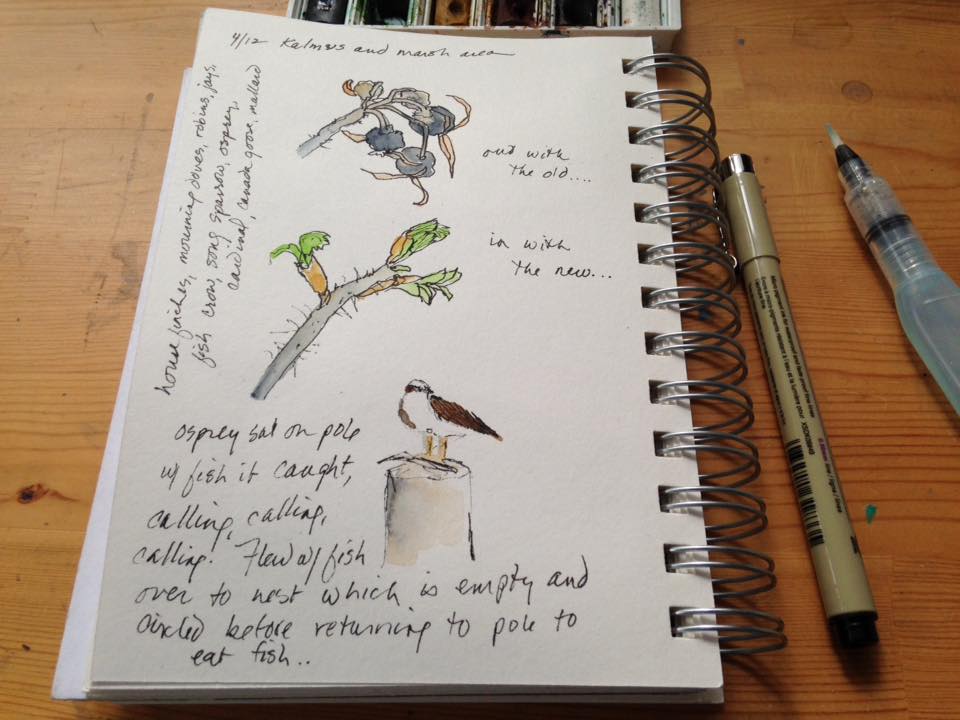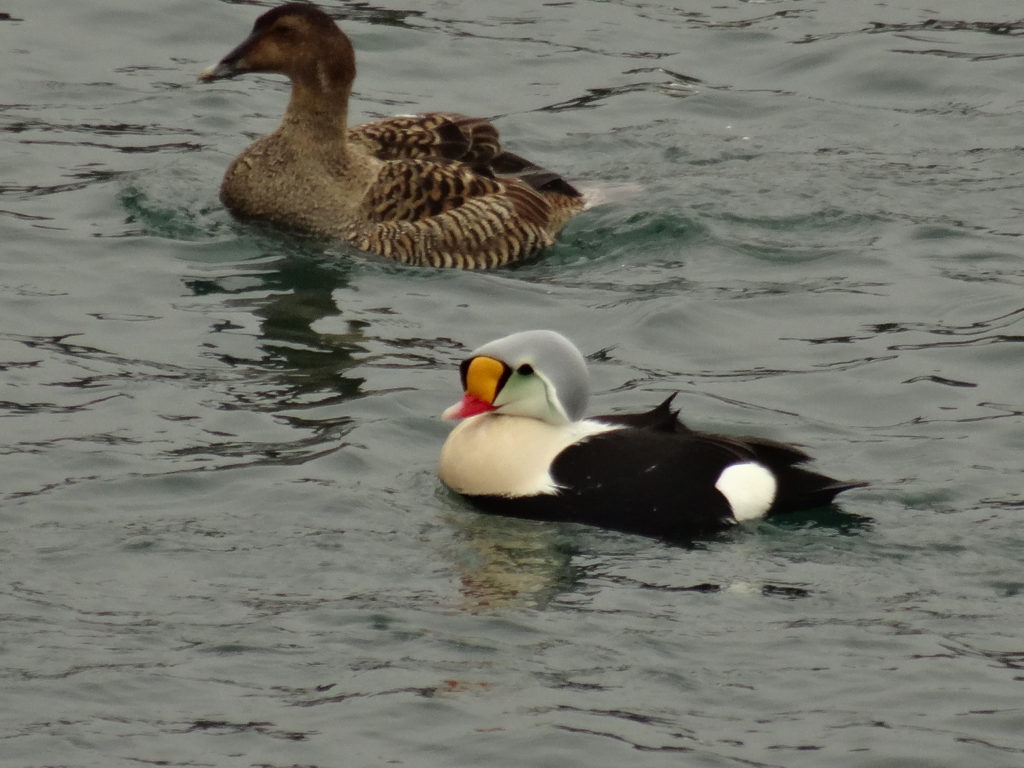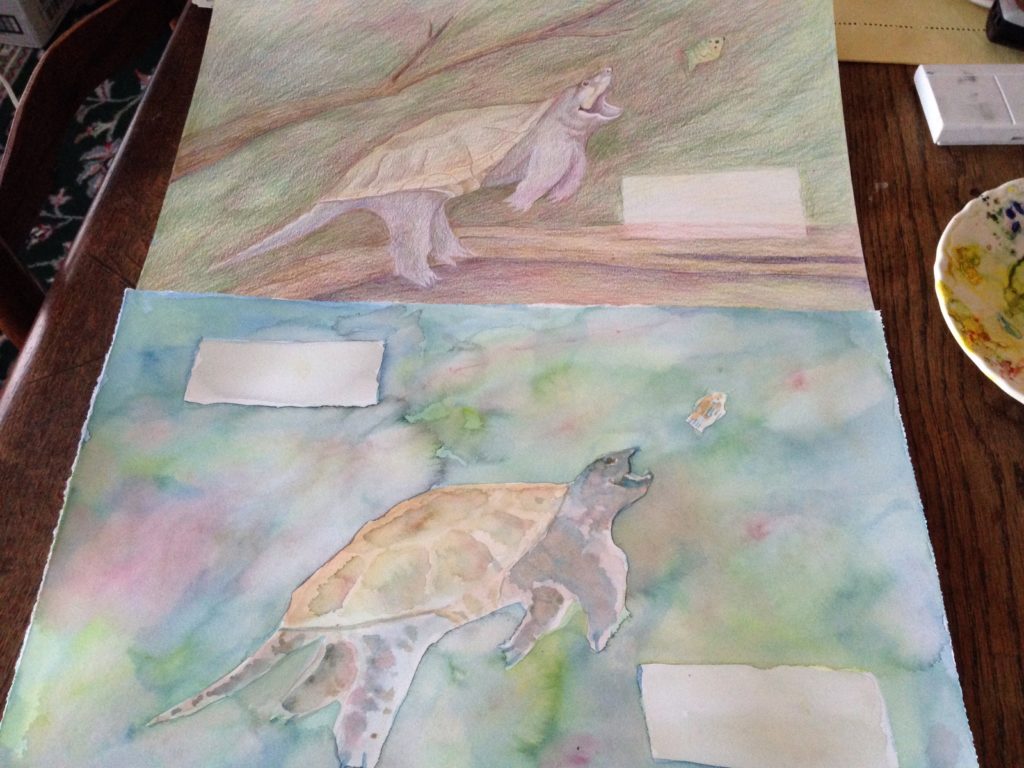It’s been a long, hard haul, pulling spring into shore here on Cape Cod. Our springs are always fugitive things, playing hide and seek with us for months, but this year was especially brutal with March bringing a quartet of high level storms.
Today is May 2, however, and spring is springing up all over. Mayflowers are in bloom in many of our scrub woodlands. Look for them on sunny sides of paths. They love disturbed areas.
 Fiddler crabs are enjoying the sunny, warm weather as well. Look for them in tidal areas near salt marshes. Often you will see the telltale holes but no crabs. That’s because they hear you coming. Try standing still where your shadow is not cast over their holes. In a few minutes they will usually re-emerge and go about their business. Don’t move or talk, though, or they’ll scurry back to safety.
Fiddler crabs are enjoying the sunny, warm weather as well. Look for them in tidal areas near salt marshes. Often you will see the telltale holes but no crabs. That’s because they hear you coming. Try standing still where your shadow is not cast over their holes. In a few minutes they will usually re-emerge and go about their business. Don’t move or talk, though, or they’ll scurry back to safety.
Over the past week or so, the weather has been wet, foggy, cold, hot, sunny, cloudy, stormy and sublime. Sometimes all in the same day! Bad weather does make for good sky photos….
Bad weather does make for good sky photos….
There’s nothing like a calm, beautiful morning at the beach, though. The photo below is from this morning’s walk at Kalmus Beach. Piping plovers were flirting, gulls were catching spider crabs and the sweet song of a horned lark warbled out of the dunes.

I’ve also been spending a lot of time walking in the woods. This week I’ve been in the woods in Hyannis, Barnstable and Mashpee. Lots of birds, including towhees, pine warblers, chipping sparrows, woodpeckers, red breasted nuthatches and a broad winged hawk in Mashpee. A red shouldered hawk at Long Pasture in Barnstable.

On the home front, the orioles, catbirds and hummingbirds have arrived so put out those feeders for these hungry migrants. Stay tuned for the amazing warbler show which will be busting out on Cape Cod in the next few weeks.
As always, I’ll be doing the Mass Audubon Birdathon. More on that in a few days.



































